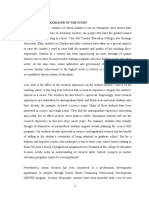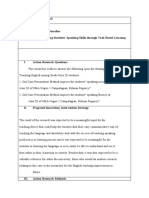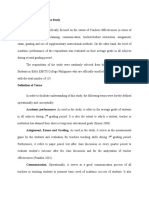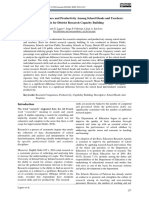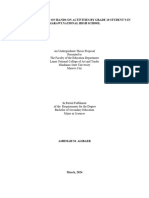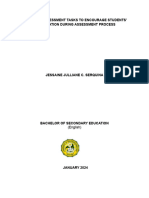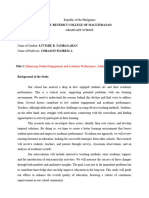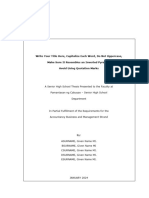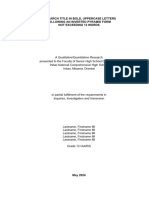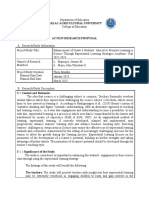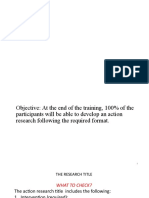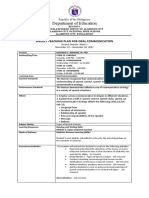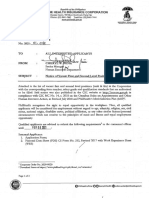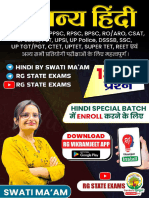0% found this document useful (0 votes)
27 views14 pagesAction Research Guide
this paper includes guides in creating an action research paper
Uploaded by
loveabsalon.lahCopyright
© © All Rights Reserved
We take content rights seriously. If you suspect this is your content, claim it here.
Available Formats
Download as DOCX, PDF, TXT or read online on Scribd
0% found this document useful (0 votes)
27 views14 pagesAction Research Guide
this paper includes guides in creating an action research paper
Uploaded by
loveabsalon.lahCopyright
© © All Rights Reserved
We take content rights seriously. If you suspect this is your content, claim it here.
Available Formats
Download as DOCX, PDF, TXT or read online on Scribd
/ 14

